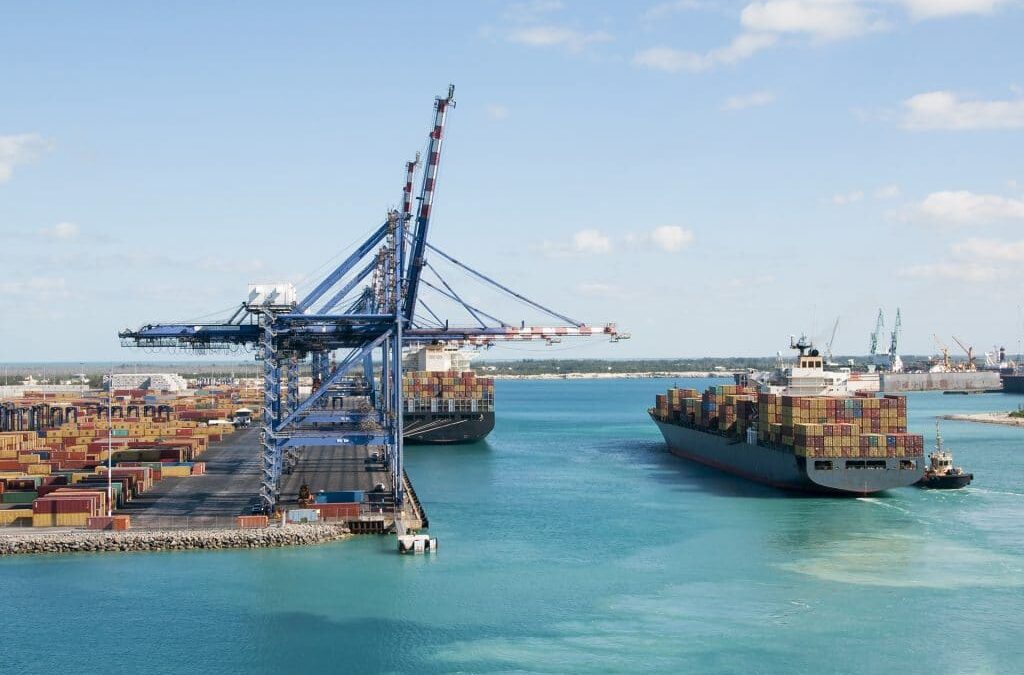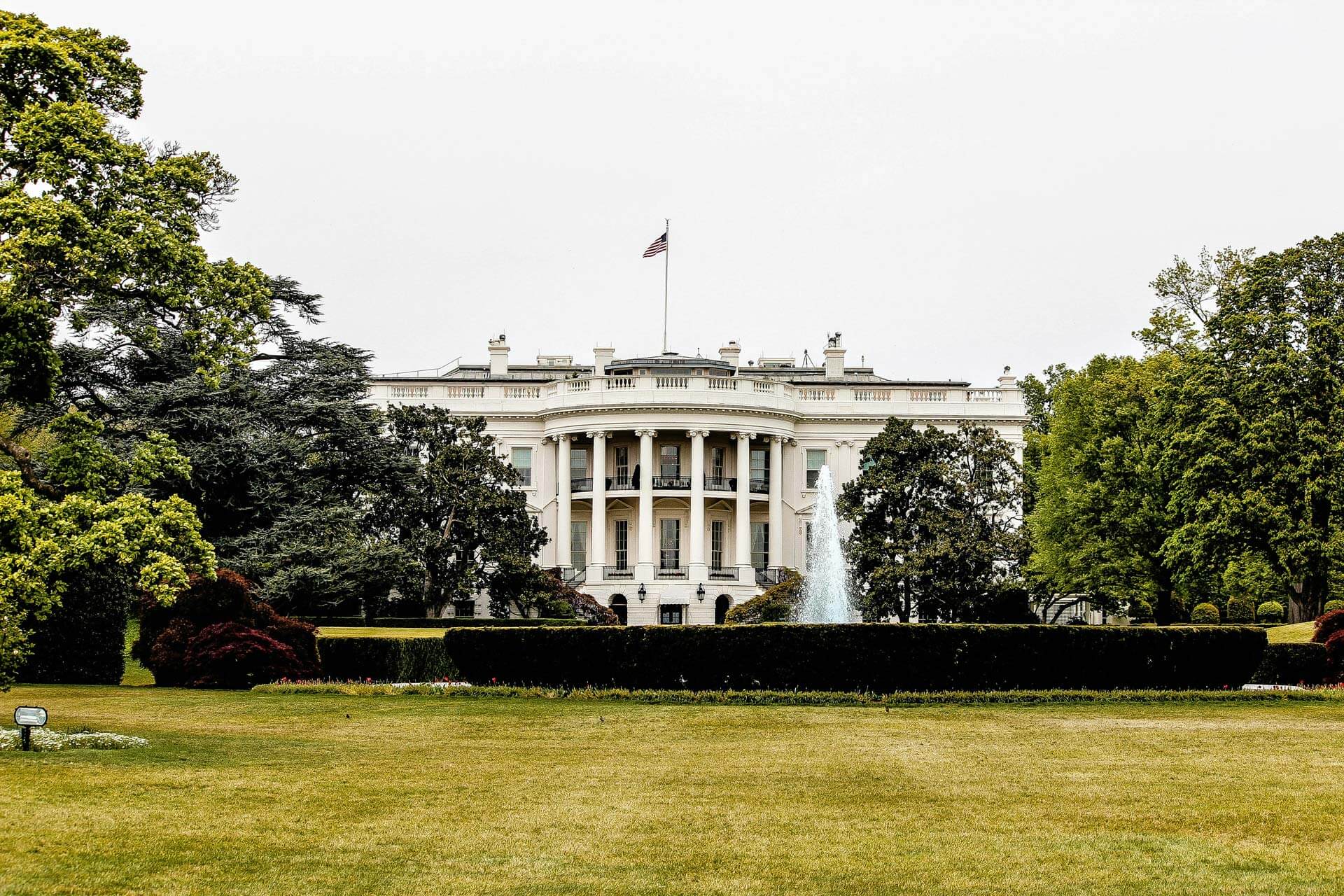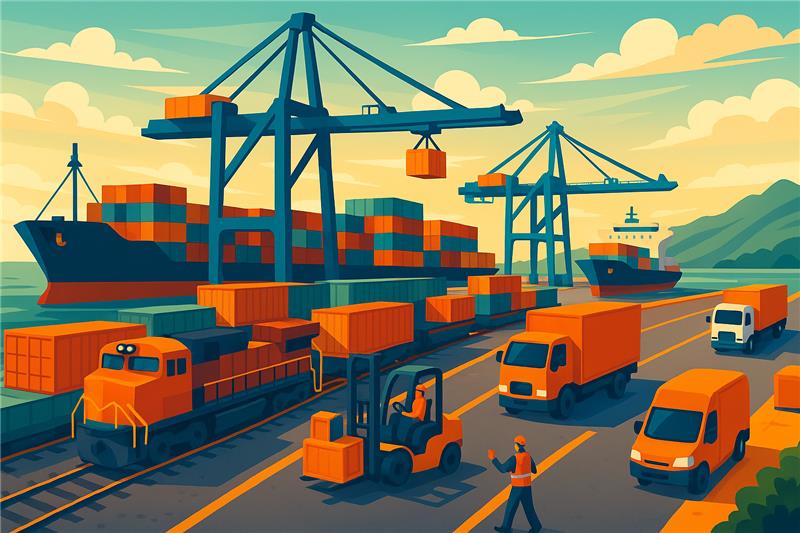Following last week’s announcement of a trade agreement with Vietnam, President Donald Trump has sharply escalated U.S. trade policy by imposing new tariffs on imports from 14 additional countries, including major trading partners like Japan and South Korea. These changes, part of a sweeping “reciprocal tariff” strategy, are set to significantly impact global sourcing and landed costs for U.S. importers.
Effective Dates at a Glance
- Vietnam Tariffs (20%): In effect as of July 8, 2025
- Multi-Country Tariffs (25%–40%): Begin August 1, 2025
Vietnam Trade Deal Sets 20% Baseline Tariff
As of July 8, the U.S. has implemented a 20% import tariff on all goods from Vietnam following a newly reached trade agreement. The deal replaces the previously threatened 46% rate. Additionally, products transshipped through Vietnam from third countries may face duties as high as 40%.
President Trump announced the agreement as part of a broader effort to “level the playing field.” In exchange, Vietnam has agreed to duty-free access for U.S. goods entering its market.
JMR Insight:
Companies affected by the new Vietnam tariffs may be eligible for refunds under Unused Merchandise or Substitution Drawback — areas in which J.M. Rodgers specializes.
14 More Nations Targeted — Up to 40% Tariffs Starting August 1st
On July 7, President Trump expanded his tariff agenda, notifying 14 countries via formal letters that they will face import duties ranging from 25% to 40% starting August 1, unless bilateral agreements are reached.
These tariffs are in addition to existing sector-specific tariffs (e.g., steel, aluminum, auto parts) and are designed to mirror trade imbalances under the administration’s “reciprocal tariffs” framework.
Affected Countries and Tariff Rates:
- 25% – Japan, South Korea, Tunisia, Malaysia, Kazakhstan
- 30% – South Africa, Bosnia and Herzegovina
- 32% – Indonesia
- 35% – Serbia, Bangladesh
- 36% – Cambodia, Thailand
- 40% – Laos, Myanmar
Trump has warned that any retaliatory tariffs will be met with equally scaled increases beyond the base 25%.
Deadline Extended to August 1 — Negotiations Underway
The original July 8 deadline for finalizing trade deals has been extended to August 1, but President Trump cautioned that the extension is “firm, but not 100% firm.”
Some countries, including Japan, South Korea, Malaysia, and Bangladesh, have responded with diplomatic outreach and are pursuing new trade discussions in Washington. Others, like Indonesia and Thailand, are signaling openness to resolution before the deadline hits.
Supply Chain Disruption Likely — Importers Should Act Now
These dramatic shifts have immediate implications for global supply chains:
- Higher landed costs on critical inputs such as electronics, apparel, industrial components, and finished goods
- Greater risk of transshipment violations, especially for companies using Vietnam or other Southeast Asian hubs
- More aggressive CBP enforcement and origin audits on declared country of origin, especially where tariff differentials are high
J.M. Rodgers Recommendations for Importers
As your strategic trade compliance partner, J.M. Rodgers recommends the following immediate actions:
- Audit your import exposure to Vietnam and the 14 newly affected countries
- Review supplier declarations and routing to identify origin and transshipment risks
- Leverage our Duty Drawback Services to recover duties on eligible exports, returns, or unused merchandise
- Prepare documentation for CBP origin verification and track high-risk HTS codes under enhanced scrutiny
Stay Informed. Stay Compliant.
Trade conditions are evolving rapidly, and businesses that adapt early will be best positioned to reduce risk and recover costs.
Contact your J.M. Rodgers representative or use our contact form to schedule a complimentary drawback analysis.






